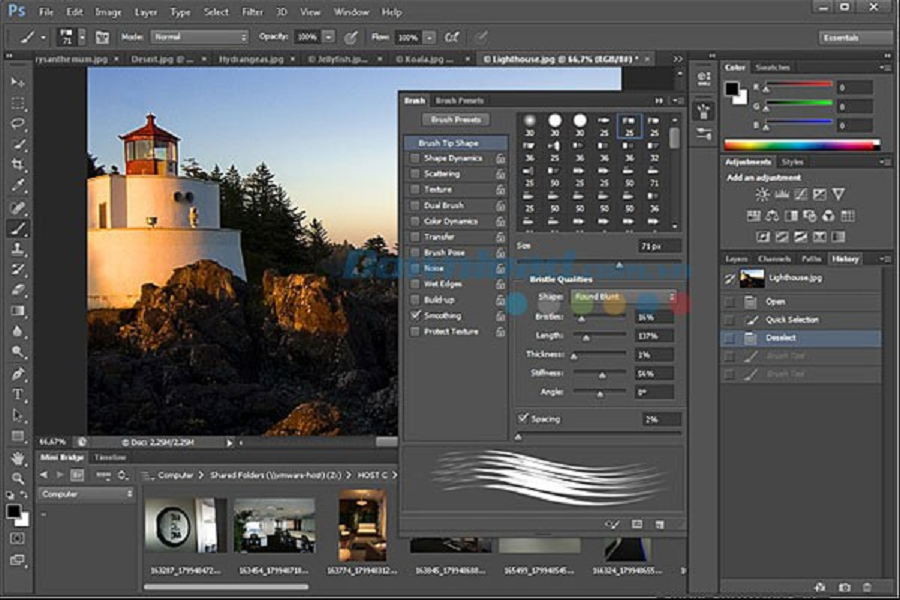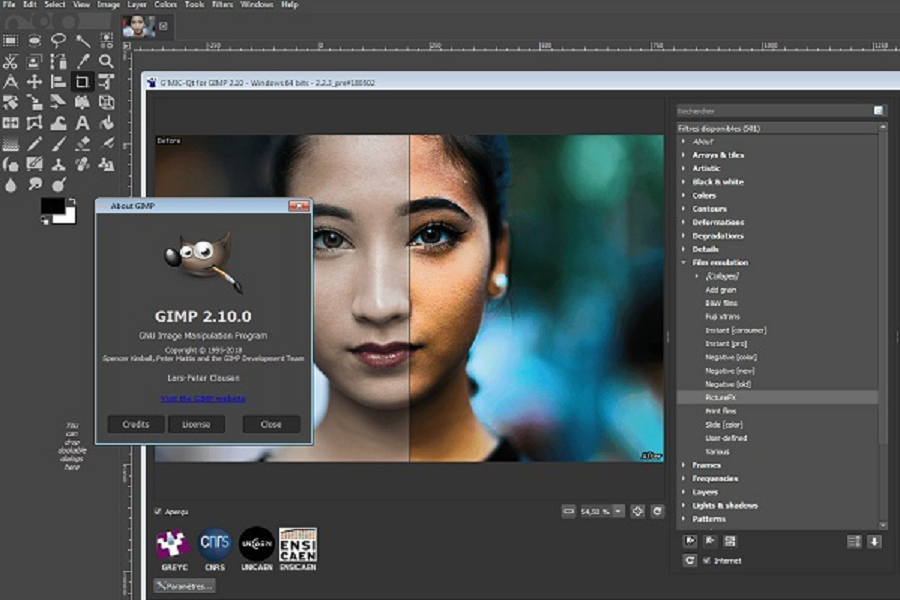Choosing the right photo editing software begins with a careful evaluation of your individual needs and skill level. Understanding whether you are a beginner, intermediate, or expert can significantly influence your software choice. Beginners often require user-friendly interfaces that offer basic editing tools, while more advanced users may seek robust functionalities to execute complex manipulations and enhancements.
Understanding Your Needs and Skill Level
Choosing the Right Photo Editing Software , you might prioritize simple features such as cropping, color correction, and filtering. Software designed for novices often includes tutorials and guidance, making the learning process more manageable. For those with intermediate skills, the focus may shift to finding tools that provide a mix of basic and advanced features, such as layers and blending options. This balance allows for greater creative expression and experimentation without overwhelming the user with complexity.
Experts, on the other hand, tend to look for comprehensive software that offers highly specialized tools. These users are typically engaged in professional photography, graphic design, or other advanced projects requiring precision and flexibility. Programs equipped with advanced capabilities, like RAW file processing, advanced retouching tools, and customizable workflows, would be ideal for individuals at this level.
Additionally, reflecting on the types of projects you plan to undertake plays a crucial role in your software decision. Casual photo editing may have different requirements than professional-grade photography or creating content for social media. It is essential to outline whether your focus is on personal projects, business needs, or artistic expressions. By understanding your specific goals and skill level, you set a clear path toward selecting the software that aligns with your editing aspirations and facilitates your growth as a photo editor.

Key Features to Look for in Photo Editing Software
When selecting the ideal photo editing software, understanding the key features available is of utmost importance. A user-friendly interface is paramount, as this will greatly influence the editing experience. Beginners may prefer software with straightforward navigation and a clean layout, while advanced users might seek customizable workspaces that can facilitate efficient workflows. An intuitive design can significantly enhance productivity, allowing photographers to focus more on creativity than on technical barriers.
Moreover, available editing tools play a crucial role in the functionalities offered by photo editing software. Essential tools include filters, color adjustments, layers, and retouching capabilities. Filters can dramatically transform an image’s aesthetic, while color adjustments allow for meticulous fine-tuning of brightness, contrast, and saturation. Layer support enables users to make non-destructive edits, providing the flexibility to experiment without the fear of losing original image data. Retouching tools are also key for correcting flaws or enhancing certain aspects of an image, which can be especially useful for portrait photographers.
In addition to these core features, integration with other applications is another aspect to consider. Many photographers rely on a suite of tools, including graphic design software or stock image repositories; hence, compatibility with these applications can streamline workflows. Furthermore, comprehensive support for various file formats ensures that users can work with a wide array of images, catering to different project requirements.
Today’s photographers also benefit from cloud storage options, allowing for mobility as they edit across multiple devices. This feature is particularly advantageous for users who need to access their projects on-the-go. Thus, evaluating these functionalities based on personal needs and editing preferences is essential when choosing the right photo editing software.
Related Articles: Top photo editing software
Comparing Popular Photo Editing Software Options
When it comes to photo editing software, several options stand out in the market, catering to different needs and skill levels. Among these, Adobe Photoshop remains the gold standard for professional photographers and graphic designers. Although its subscription-based pricing structure can be a barrier for some, its extensive toolset supports intricate editing tasks, making it indispensable for professionals. Users commonly praise its versatility and powerful features, while some criticize its steep learning curve for beginners.
Another popular choice is Adobe Lightroom, which excels in photo management and is particularly favored by photographers who focus on batch editing. Its user-friendly interface and powerful organizational capabilities make it suitable for both amateurs and professionals. While Lightroom is primarily focused on photo enhancement rather than intricate manipulations, users appreciate how effectively it maintains image quality. However, some may find its lack of certain advanced editing tools a drawback compared to Photoshop.
On the free side, GIMP (GNU Image Manipulation Program) is a robust alternative that offers many features typical of software like Photoshop, albeit without the associated costs. It is well-regarded for its customizability and wide range of plugins, catering to users who are willing to invest the time to learn. While GIMP provides a comprehensive feature set, its interface can feel less polished, and new users often face a steeper learning curve compared to other options.
Other notable mentions include Affinity Photo, which offers a one-time purchase model and is increasingly popular among professional editors; and Canva, an accessible option for those looking for quick edits and graphic design features. Each software has its strengths and weaknesses, and user testimonials highlight varying experiences regarding support and community engagement. Ultimately, the best choice will depend on individual requirements and skill levels.

